The manager’s guide to collaborative learning culture
Disrupting learning to positively affect engagement, and performance.
HR leaders recently met virtually for a closed-door roundtable discussion to discuss how they can create a collaborative learning culture at their organizations.
Learners don’t seem to feel they have permission to learn at work.
Frontline managers and supervisors are an ‘Achilles Heel’ that slows learning.
Companies are still asking, "How can we become a successful learning organization?"
Many organizations say they want to create a learning culture, but few know what makes up a true learning culture. Learning is happening all the time from a variety of sources, and the most successful learning organizations are adjusting their strategies and approaches – balancing content, experiences, and application. Giving the learner more control is a change for most leaders, but organizations that do will find it positively affects engagement, and more importantly, performance.
UNLEASH Editor, Yessi Bello Perez moderated our recent roundtable session which highlighted a case study provided by Jamie Gibbs, Director, Learning & Development – People & Culture, Shaw Communications, and Vince Penkala, VP at Degreed.
Topline pains:
- L&D strategies are siloed across countries and regions with no global plan to support organizational growth or meet nuanced, localized needs.
- Work went virtual and classroom learning all but disappeared in the past twelve months, requiring new and forward-looking hybrid plans.
- HR teams at some organizations remained lead, which led to the prioritization of distributed, self-service learning models.
- Learning leaders needed to gain an understanding of how to implement talent identification within an L&D program.
- Despite access to tools and platforms, learners don’t feel they have permission to learn and believe it should happen outside working hours. This runs counter to the ideal mindset, in which learning is accepted and integral to the job.
What does collaborative learning really mean?
One participant noted, that collaborative learning connects back to the core values of an organization – stating that “from an executive level and across the organization, there needs to be a cultural commitment and ingrained value around employees working together and collaborating.”
Another HR leader told the group that they have tried to create ‘walkways’ between teams, where employees are encouraged to use inter-team knowledge-sharing. In this approach, colleagues in different departments are consulted, and courses are de-emphasized as the foundation for learning. The aim is to remove some of the silos around learning and to garner a level of participation that isn’t driven by a centralized learning team, meaning learning becomes something that is shared across the organization. This enriches the user experience by allowing natural and accessible knowledge-sharing.
An additional comment made around collaborative learning was the need to activate and engage each stakeholder in the L&D strategy. Many within our group saw frontline managers and supervisors as the ‘Achilles Heel’ in the progress being made with their learning strategies, regardless of the level of investment or effort put into these plans.
A solution was proposed. If we activate the frontline managers or supervisors, in a way that turns the focus more towards a social standpoint and the connections made through learning, then these connecting experiences can help galvanize support and provide enthusiasm to support learning programs. Part of this rallying plan will require a need for frontline managers and supervisors to understand future skills and knowledge competency needs – to buy into internal upskilling and rescaling thinking.
Opening the aperture: Learning is not just an objective
The group discussed in depth the notion that learning is something that happens organically in day-to-day life. One of the key successes in achieving a collaborative learning culture, participants agreed, is to change the mindset around learning towards a skill-based focus, and this shift includes how we measure L&D. The key takeaway here is that learning is not the destination.
Thus, the group agreed that the language we use around learning is really important. Managers and HR leaders need to start thinking more about “what skills do you want to build?” and “what do we want to be better at, what are we trying to achieve, how do we help people get there?”. This is much more natural and less prescriptive and diagnostic than traditional L&D programs.
This approach of collecting skill data across the organization, according to our discussion, can really help to drive decisions around business continuity, strategic workforce planning, talent management, and ultimately those bigger-picture HR initiatives.
To create a culture of learning, participants suggested a need to blur the lines between learning and work – getting employees to stop in the moment and capture the learnings from daily experiences and actually begin recognizing those learnings to then develop on as being critical – something noted as “knowledge awareness”.
Flexible, integrated, accessible
Learning is flexible in the sense that it should be able to evolve to the needs of the business. As organizations respond to change and transform, roles and titles take different shapes as does the work employees are doing. The group agreed that learning needs to shift from a linear and check-box-happy approach to more of a spider web approach in which HR leaders are building skills and enabling access to learning to help grow a career. This approach was discussed by the group to help open up the playing field and also shift responsibility to be more employee-led.
One participant noted that this type of flexibility allows organizations to understand skill development, skill gaps, and opportunities to drive new types of decisions.
To make learning more integrated and accessible, HR leaders can decentralize it and create a more aware learning culture that’s employee. They can base this on self-assessments and empower employees with self-serve tools, so they can learn independently throughout the workday.
The group also said HR leaders can view accessibility more pragmatically, asking things like “Are we reducing the number of clicks that it takes to get to learning resources?” or “Are we making it easy for employees, whether they’re using a browser or a mobile device?” In addition, the group agreed that challenging times present an opportunity to boost ongoing learning. It’s a chance to reinforce an organization’s commitment and investment in people’s growth.
Sign up to the UNLEASH Newsletter
Get the Editor’s picks of the week delivered straight to your inbox!

Head of UNLEASH Labs
Abigail is dedicated to connecting HR buyers with the technology and tools they need to succeed.
